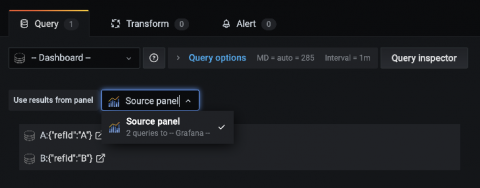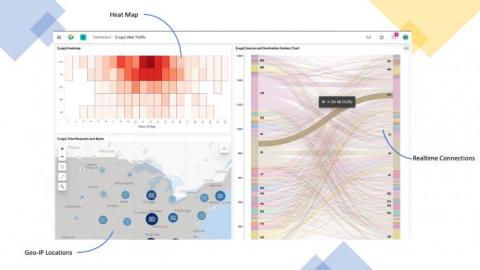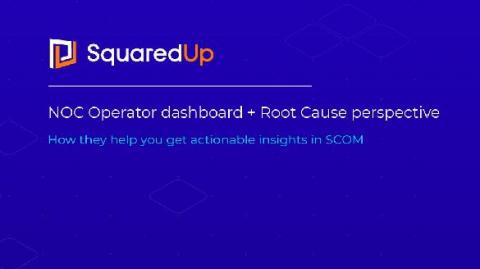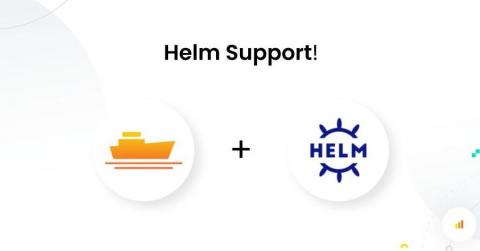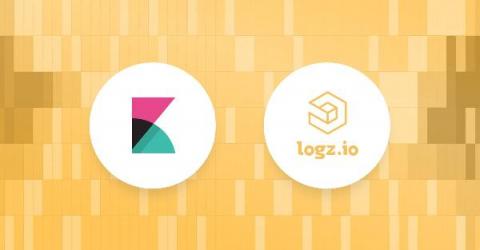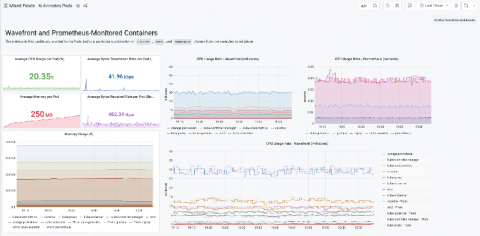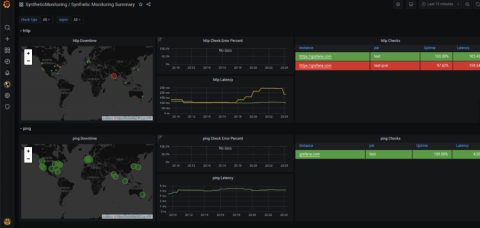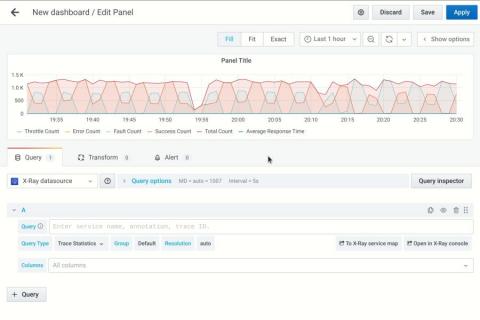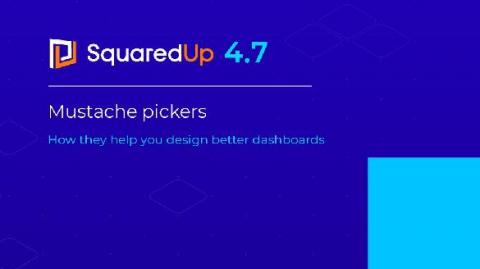Learn Grafana: Share query results between panels to reduce load time
As you add more panels to your dashboard, more requests are being made, potentially leading to your dashboard taking longer to load. While you can limit the data requested in each query, one of the best ways to reduce the loading time is to reduce the number of requests being made to the data source. Grafana makes a data source query for each panel in your dashboard, even if those queries are identical.

